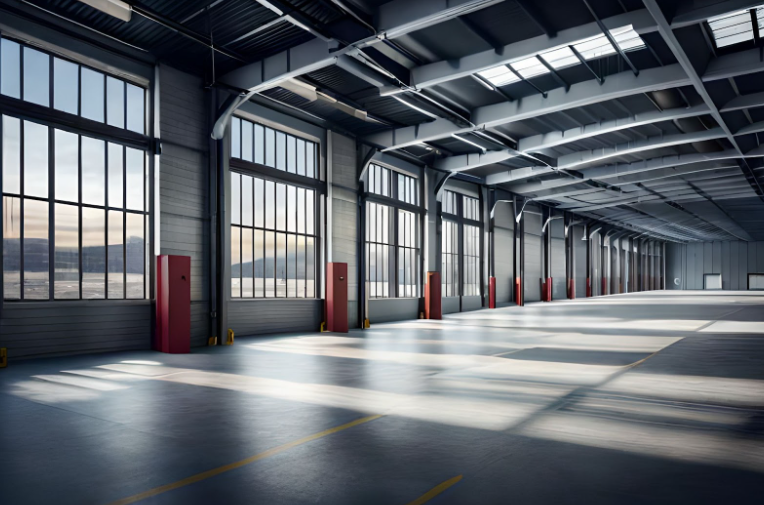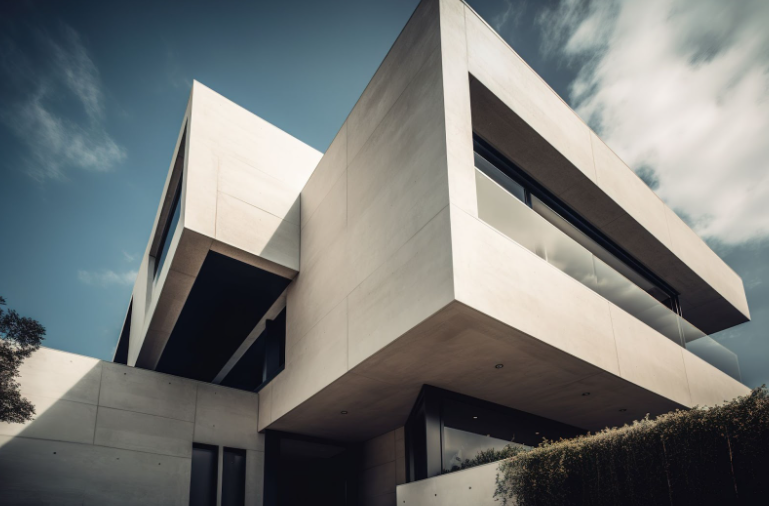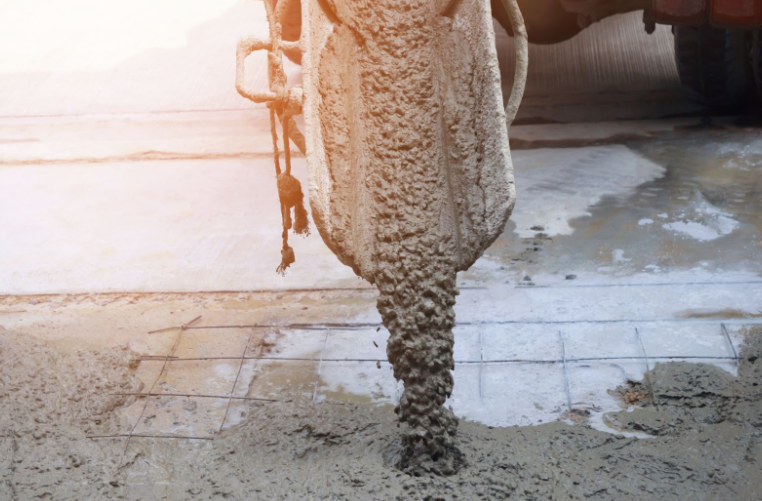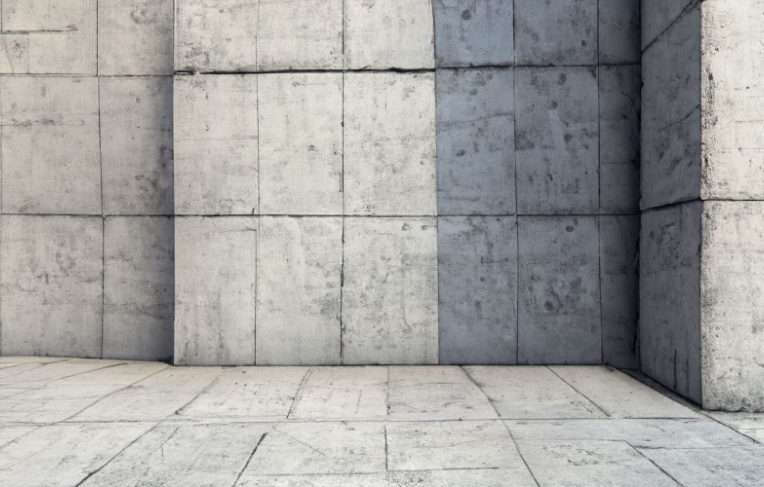Maintaining Concrete Surfaces: Best Practices
Concrete surfaces are a staple in both residential and commercial settings due to their durability and versatility. They provide a solid foundation for various structures and enhance the aesthetic appeal of properties. Like any other material, concrete requires proper maintenance to maximize its lifespan and preserve its appearance. Neglecting maintenance can lead to costly repairs and diminish the overall value of a property.
Importance of Concrete Maintenance
Regular maintenance of concrete surfaces offers significant long-term benefits. It helps prevent costly repairs by addressing minor issues before they escalate into major problems, such as cracks, spalling, or structural damage. Routine care can significantly extend the lifespan of concrete installations, making it a wise investment for property owners. Maintenance plays a critical role in preserving the aesthetic appeal of concrete. Well-maintained surfaces retain their color and texture, enhancing the overall look of a property and maintaining its curb appeal.
Proper upkeep ensures the safety and functionality of concrete surfaces. Regular inspections and timely repairs can prevent hazards such as uneven surfaces or loose fragments that could cause trips and falls. For commercial properties, maintaining safe and attractive concrete surfaces is essential for ensuring a positive experience for customers and employees alike. Investing in regular maintenance can increase the property's value, as potential buyers or tenants will appreciate the attention to detail and the care taken to maintain the premises.
Routine Cleaning Methods for Concrete Surfaces
Effective cleaning is a cornerstone of concrete maintenance. For residential areas like driveways and patios, simple techniques such as sweeping and occasional washing with mild detergents can be effective. Pressure washing is particularly useful for removing stubborn stains and dirt buildup.
In commercial settings, sidewalks and public areas require more robust cleaning methods. Pressure washing combined with appropriate cleaning agents can effectively address the higher foot traffic these surfaces endure. For industrial concrete flooring, specialized cleaning methods that cater to heavy-duty requirements are necessary. These might include the use of industrial scrubbers and degreasers to handle oil and chemical spills.
Eco-friendly cleaning options are gaining popularity due to their environmental benefits. Using biodegradable cleaning agents reduces the ecological impact and is safer for surrounding vegetation and wildlife.
Damage Prevention Strategies for Concrete
Concrete surfaces are susceptible to various types of damage. Common causes include weather conditions, such as freezing and thawing cycles, and chemical spills. To prevent such damage, sealing, and waterproofing are effective measures. These treatments create a barrier that protects concrete from moisture and chemical infiltration.
Regular inspections are also crucial. They help identify early signs of wear, such as cracks or discoloration, allowing for timely intervention. In industrial and commercial environments, preventing physical damage from heavy machinery or vehicles is essential. This can be achieved by installing protective barriers or designating specific pathways for heavy equipment.
Repair Tips for Concrete Surfaces
Despite preventive measures, damage can still occur. For minor cracks and chips in residential concrete, DIY repair kits are available. These kits usually include epoxy or polyurethane fillers that effectively seal small imperfections.
For more extensive damage, professional repair services may be necessary. Experts can assess the severity of the damage and recommend appropriate solutions, such as resurfacing. Resurfacing involves applying a new layer of concrete over the existing surface, restoring its appearance and enhancing durability.
Innovative repair materials and methods continue to evolve, offering improved durability and aesthetic options. For instance, polymer-modified overlays can provide a durable finish that mimics the appearance of natural stone or other materials.
Tailoring Maintenance Practices to Different Environments
Concrete maintenance needs vary across different environments. Residential properties may face issues like staining from organic matter, whereas commercial areas might deal with high foot traffic. Industrial settings often require maintenance practices that can withstand heavy machinery and chemical exposure.
Local climate considerations also play a role. In Southern California, the climate is generally mild, but occasional rain and temperature fluctuations can impact concrete surfaces. Adjusting maintenance routines to accommodate these conditions can prevent weather-related damage.
Innovations in Concrete Maintenance Technology
Technological advancements are transforming concrete maintenance. New tools and products are making it easier to maintain surfaces efficiently. Smart technology, such as sensors embedded in concrete, can monitor conditions like moisture levels and temperature changes, alerting property owners to potential issues before they become serious.
Emerging trends in sustainable concrete maintenance practices are also noteworthy. Techniques such as using recycled materials in repairs and employing low-VOC sealants are becoming more common, aligning with broader environmental goals.
Case Studies and Success Stories
Southern California is home to numerous successful concrete maintenance projects. For instance, a recent project in Los Angeles involved the restoration of a historic building's concrete façade. The project employed innovative techniques to preserve the structure's original appearance while enhancing its durability. Industry professionals have praised such projects for their meticulous attention to detail and the application of best practices. These success stories serve as valuable examples for others looking to maintain their concrete surfaces effectively.
Sustainable Practices in Concrete Maintenance
Sustainability is becoming a central focus in many industries, and concrete maintenance is no exception. By incorporating sustainable practices, property owners can reduce their environmental impact while maintaining the integrity of their concrete surfaces. One approach is to use permeable concrete, which allows water to pass through, reducing runoff and promoting groundwater recharge. This is particularly beneficial in urban areas where stormwater management is a concern.
Another sustainable practice involves the use of reflective coatings. These coatings can help reduce the heat island effect in urban areas by reflecting more sunlight and absorbing less heat. This not only helps in reducing energy costs but also contributes to a more comfortable environment. Additionally, using locally sourced materials for repairs and maintenance reduces the carbon footprint associated with transportation.
Understanding and implementing proper maintenance strategies is essential for preserving the functionality and beauty of concrete surfaces. By investing in regular care and staying informed about the latest technologies and practices, property owners can ensure their concrete installations remain in excellent condition for years to come. Embracing sustainable practices further enhances the value of concrete maintenance, aligning with broader environmental goals and contributing to a healthier planet.
For professional concrete maintenance services and expert advice,
reach out to Diamond Concrete Designs LLC today. Our team is dedicated to providing high-quality solutions tailored to your specific needs.





